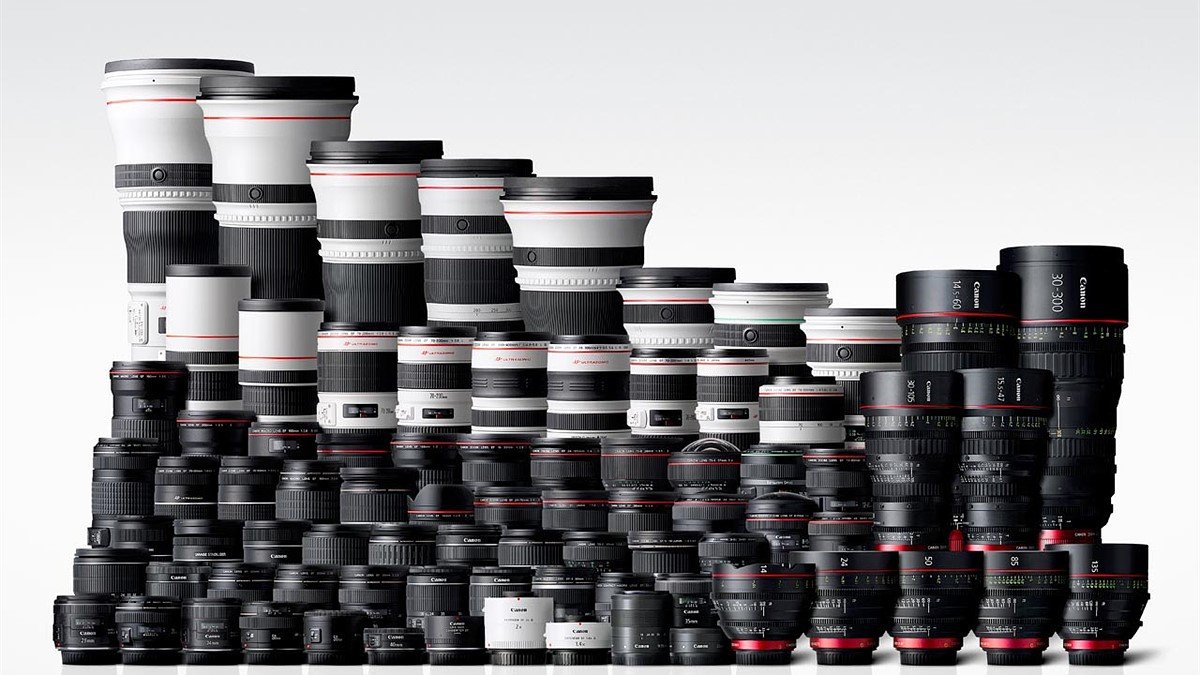AFD:Arc-Form Drive
Arc DC motor is developed for AF drive of early EF lens. Unlike the USM motor, the AFD motor focus has sound.
DO: Multi-Layer Diffractive Optical Element
Canon announced on September 4, 2000 that it had successfully developed the world’s first “multilayer diffractive optical element” for use in a camera lens. The multi-layer diffractive optical lens has the characteristics of fluorite and aspherical lens at the same time, so the introduction of this lens is a milestone in the optical industry. The most important characteristic of the diffractive optical element is that the position of the wavelength composite image is opposite to the position of the refractive optical element. In the same optical system, combining a piece of MLDOE with a piece of refractive optical element can correct the dispersion (color dispersion) more effectively than the fluorite element. Moreover, by adjusting the pitch (gap) of the diffraction grating, the diffractive optical element can have the same optical characteristics as a ground and polished aspheric lens, effectively correcting spherical and other aberrations.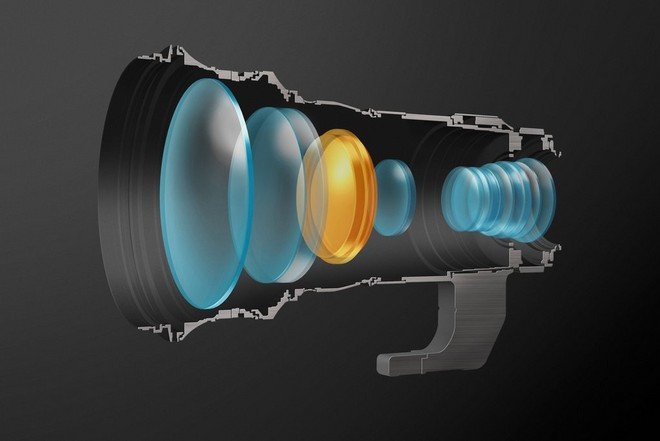
EF: Electronic Focus
The name of the mount of the Canon EOS camera is also the name of the series of the original EOS lens
EMD:Electronic-Magnetic Diaphragm
The electromagnetically driven aperture control element of all EF lenses is an integrated element of deformable stepper motor focusing mechanism (STM) and aperture blade, controlled by digital signals, with high sensitivity and accuracy.
FL: Fluorite
Fluorite is a calcium fluoride crystal with extremely low dispersion, and its ability to control chromatic aberration is better than that of UD lenses. Strictly speaking, fluorite is not glass, but a kind of crystal. It has a very low refractive index (1.4) and is not affected by moisture. Fluorite lenses are generally not exposed, so you should not directly touch them. Fluorite lenses are not as impact-resistant as ordinary glass, but they are not as fragile as imagined, so special care is not required in use.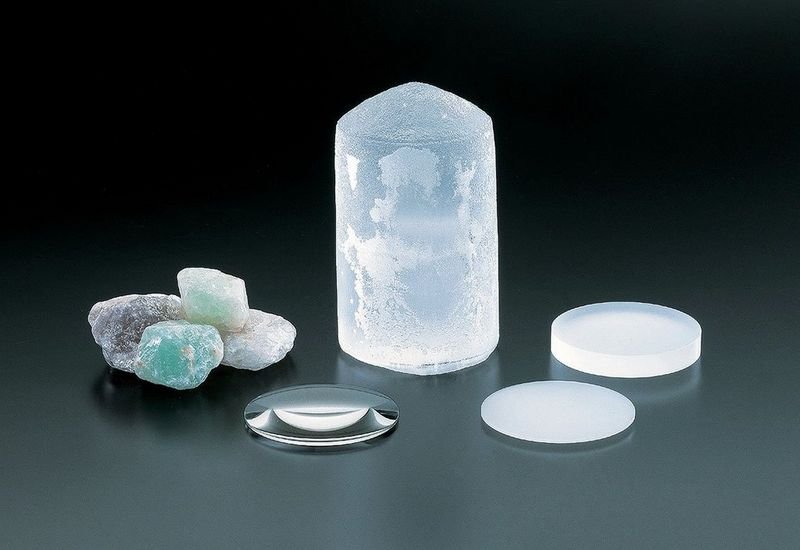
FTM: Full-time Manual Focusing
Full-time manual focusing function, that is, whenever the lens is autofocusing, the focus can be adjusted manually without damaging the lens
L: Luxury
The red logo of Canon’s professional lens. Compared with consumer-grade lenses, the L head has ground aspheric lenses, UD (ultra-low dispersion lens), S-UD (Super ultra-low dispersion) or FL (fluorite) lenses, which are an important basis for the excellent optical quality of the lens. Usually the construction quality of the lens is much better. Its logo is the red marking on the front of the lens, which is Canon’s high-end professional lens.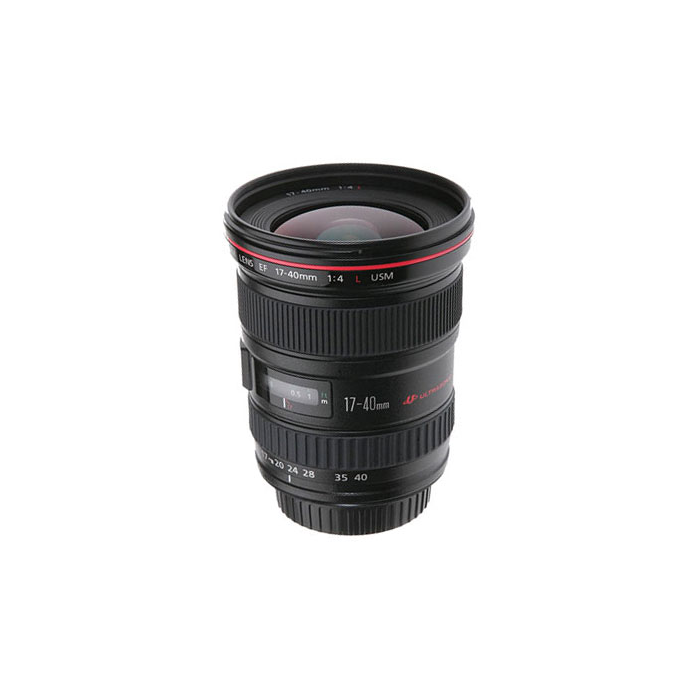
IS:Image Stabilizer
The image stabilizer reduces the influence of hand tremor on imaging by correcting the movement of optical components, so it is also called anti-shake lens. In the IS lens, there is a gyro sensor that can detect hand vibration and convert it into an electrical signal. This signal is processed by a computer built into the lens to control a group of corrective optical components to move parallel to the film plane to offset the imaging light shift caused by hand shaking. This system can effectively improve the effect of handheld shooting. In general, IS lenses allow you to use a shutter speed that is two steps lower than theoretically. In other words, when you use an ordinary 300mm lens, you can only choose a speed above 1/250 second, while with a 300mm IS lens, you can take clear pictures in 1/60 second.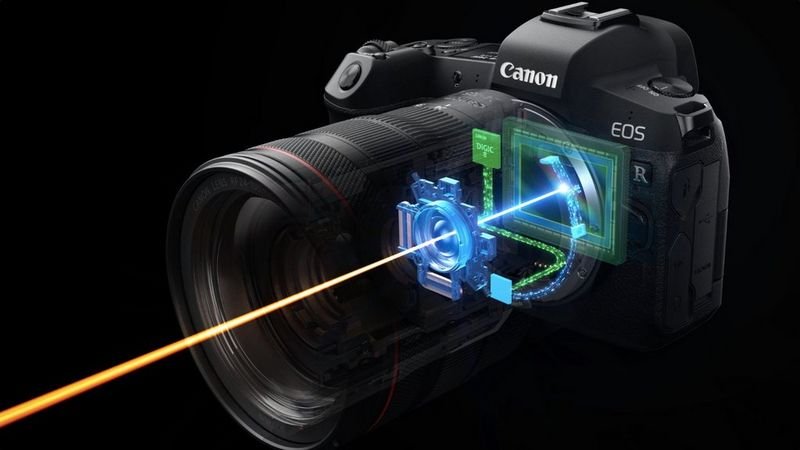
MM:Micro-Motor
This is a traditional motor with a drive shaft, which consumes more electricity, does not support full-time manual focusing (FTM), and is mostly used for cheap low-end lenses.
SF:Soft Focus
The photos taken with this lens are quite different from the effect of camera movement or unrealistic focusing. It uses deliberately designed spherical aberration to make the focus of the subject clear and soft and beautiful. The effect of soft focus depends on the size of the aperture and the special adjustment device.
S-UD:Super Ultra-low Dispersion
A piece of S-UD is roughly the same as a piece of fluorite lens
TS:Tilt Shift
Move the optical axis of the lens to adjust the perspective lens. The function of the shift lens can not only correct the perspective distortion, but also adjust the position of the focal plane. Under normal circumstances, the focal plane of the camera is parallel to the film plane, and when shooting with a large aperture, the scene at the focal plane is clear and out-of-focus blur; if you use a shift lens to adjust the focal plane, the sharp point can be changed. Obviously, the shift lens is most suitable for architectural, landscape and commercial photography.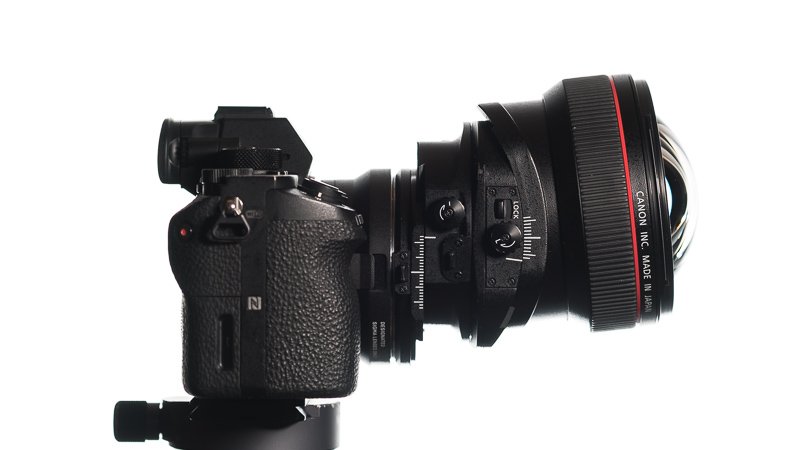
UD: Ultra-low Dispersion
A special type of optical glass, due to its ability to control the dispersion of light in the spectrum, is widely used for lens chromatic aberration control. The effect of using two UDs together is roughly the same as using a fluorite lens
USM/U:Ultrasonic Motor
The AF focus motor type used in most EF lenses, a motor that uses a vibration source with a frequency in the ultrasonic region to rotate, is the main component to achieve quiet, high-speed AF. There are two types of ultrasonic motors for EF lenses, Ring-USM and Micro-USM. Lenses with ultrasonic motors have a yellow ring on the front end marked “ULTRASONIC”. The ring-shaped ultrasonic motor is a focus motor used in Canon’s mid- and high-end USM lenses. Its driving element is ring-shaped, and it does not need to use any gears or other transmission parts when driving. Due to the large torque, the starting and braking speed is much faster than the ordinary focus motor
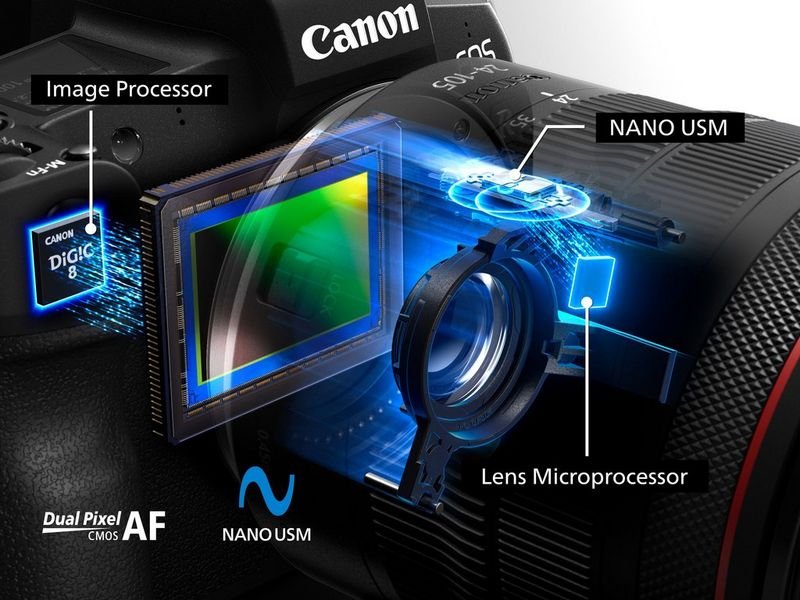
Written by Collin Smith @ remotes.works Holborn London

 My Account
My Account 